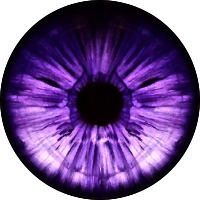
Hi, I'm pretty new to Roll20 (I've played one module as a player) and decided if I want to get into a game I'm going to have to DM it. I bought a PDF of The Dragon's Demand (Pathfinder) but all of the pdf maps are too small to simply paste onto the Roll20 grid. Since I'm going to have to recreate the dungeon maps myself, can anyone recommend an approach that's slightly more pretty than just using the freehand and polygon tools and drawing each line myself? I'm willing to spend a bit of money if there's a good and fairly user-friendly program that you'd recommend. Thanks!





